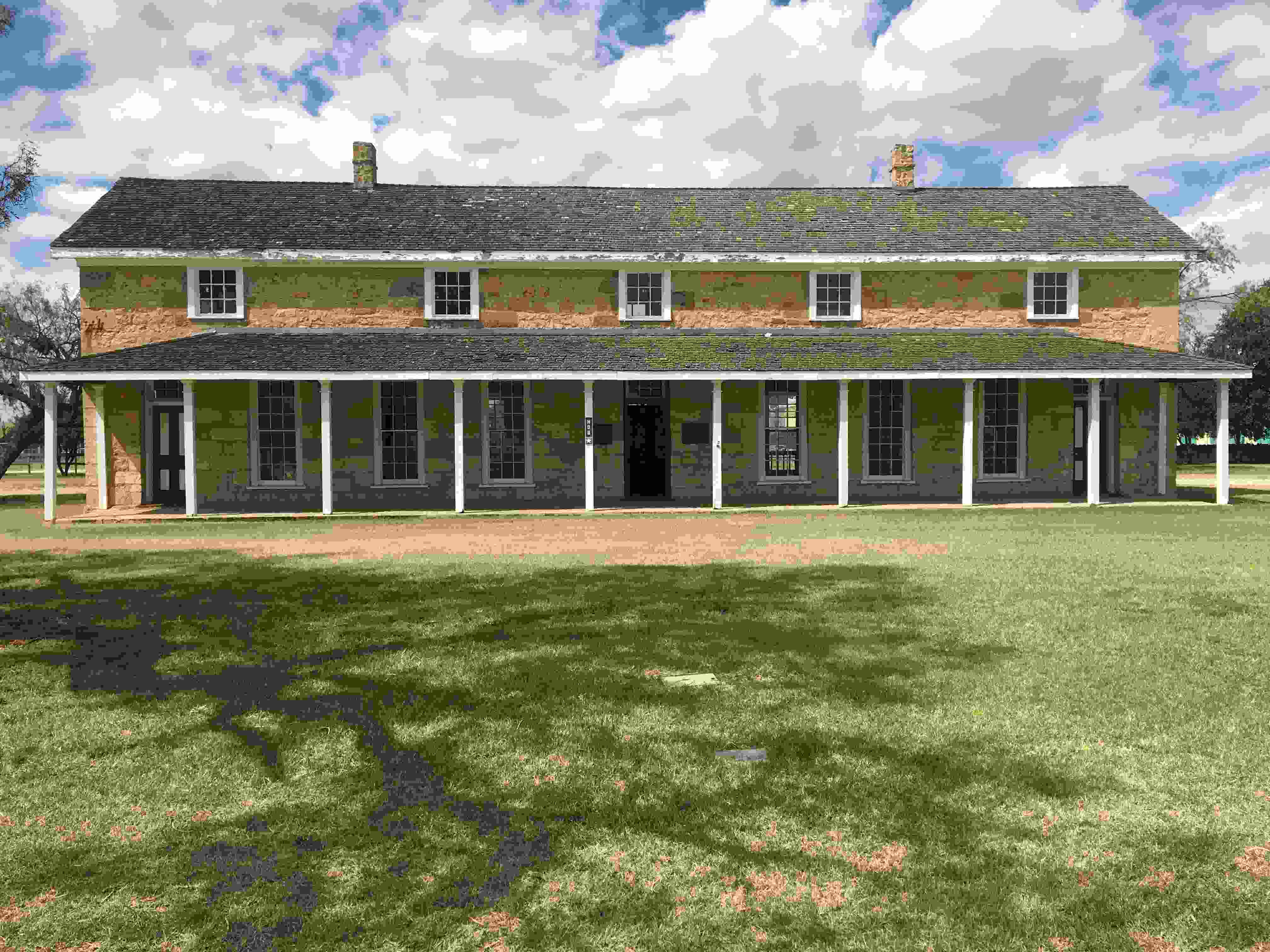Secrets Of Texas’s Concho Valley Forts

Ever wondered about the hidden gems of Texas? The Concho Valley Forts are a must-see for history buffs and adventure seekers alike. These forts, scattered across the scenic Concho Valley, offer a glimpse into the past with their well-preserved structures and fascinating stories. Imagine walking through old barracks, exploring officers' quarters, and standing where soldiers once stood guard. Each fort has its own unique charm and history, making every visit a new experience. Whether you're a local or just passing through, the Concho Valley Forts provide an enriching journey through time. Ready to step back in history? Let's dive in!
Secrets of Texas's Concho Valley Forts
The Concho Valley in Texas is a region rich with history, particularly from the days of the Old West. Scattered across this area are forts that once served as military outposts, protecting settlers and trade routes. These forts now stand as reminders of a bygone era, offering a glimpse into the past. Let's uncover the secrets of some of these fascinating forts.
Fort Concho
Fort Concho, located in San Angelo, is one of the best-preserved frontier forts in the United States. Established in 1867, it played a crucial role in protecting settlers from Native American raids and securing the Texas frontier.
- Fort Concho National Historic Landmark: This site features 23 original and restored buildings, including barracks, officers' quarters, and a hospital. Visitors can explore the museum, which houses artifacts from the fort's active years.
Fort Chadbourne
Fort Chadbourne, founded in 1852, served as a key military post during the Indian Wars. It was strategically located to protect the Butterfield Overland Mail route and settlers in the region.
- Fort Chadbourne Historic Site: This site offers a unique look at the fort's history through its well-preserved ruins and a museum filled with artifacts. The fort also hosts reenactments and educational programs.
Fort McKavett
Fort McKavett, established in 1852, is often referred to as the "Jewel of the Texas Forts." It played a significant role in the Indian Wars and later served as a base for the Buffalo Soldiers.
- Fort McKavett State Historic Site: Visitors can explore the restored buildings, including the barracks, officers' quarters, and a hospital. The site also features a museum with exhibits on the fort's history and the soldiers who served there.
Fort Lancaster
Fort Lancaster, established in 1855, was built to protect the San Antonio-El Paso Road. It played a vital role in safeguarding travelers and mail carriers from Native American attacks.
- Fort Lancaster State Historic Site: This site offers a glimpse into the fort's past with its ruins and interpretive trails. Visitors can learn about the fort's history through exhibits and guided tours.
Fort Griffin
Fort Griffin, established in 1867, was a key military post during the Indian Wars. It also served as a supply depot for the Texas Rangers and other military units.
- Fort Griffin State Historic Site: This site features the remains of the fort's buildings, including the barracks and officers' quarters. Visitors can explore the museum, which houses artifacts from the fort's active years, and enjoy reenactments and educational programs.
Fort Phantom Hill
Fort Phantom Hill, established in 1851, is one of the most well-preserved forts in Texas. It was built to protect settlers and travelers along the Butterfield Overland Mail route.
- Fort Phantom Hill Historic Site: This site offers a unique look at the fort's history through its well-preserved ruins and interpretive trails. Visitors can learn about the fort's history through exhibits and guided tours.
Fort Richardson
Fort Richardson, established in 1867, was built to protect settlers and travelers along the Butterfield Overland Mail route. It played a crucial role in the Indian Wars and later served as a base for the Buffalo Soldiers.
- Fort Richardson State Park, Historic Site, and Lost Creek Reservoir State Trailway: This site offers a glimpse into the fort's past with its restored buildings, including the barracks and officers' quarters. Visitors can explore the museum, which houses artifacts from the fort's active years, and enjoy hiking and biking trails.
Fort Stockton
Fort Stockton, established in 1859, was built to protect settlers and travelers along the San Antonio-El Paso Road. It played a crucial role in the Indian Wars and later served as a base for the Buffalo Soldiers.
- Fort Stockton Historic Site: This site offers a unique look at the fort's history through its well-preserved ruins and interpretive trails. Visitors can learn about the fort's history through exhibits and guided tours.
Fort Davis
Fort Davis, established in 1854, was built to protect settlers and travelers along the San Antonio-El Paso Road. It played a crucial role in the Indian Wars and later served as a base for the Buffalo Soldiers.
- Fort Davis National Historic Site: This site offers a glimpse into the fort's past with its restored buildings, including the barracks and officers' quarters. Visitors can explore the museum, which houses artifacts from the fort's active years, and enjoy hiking and biking trails.
Discover the Rich History of Concho Valley Forts
Concho Valley forts offer a unique glimpse into Texas history. Each fort tells a story of bravery, conflict, and daily life on the frontier. Fort Concho, Fort Chadbourne, and Fort McKavett are must-visit sites. They provide a tangible connection to the past, allowing visitors to walk where soldiers once stood. Exploring these forts gives a deeper appreciation for the challenges and triumphs of early settlers. Whether you're a history buff or just curious, these forts are worth the trip. Plan your visit to Concho Valley and step back in time. The rich history and preserved structures make for an unforgettable experience. Don't miss out on this chance to connect with Texas's storied past.

